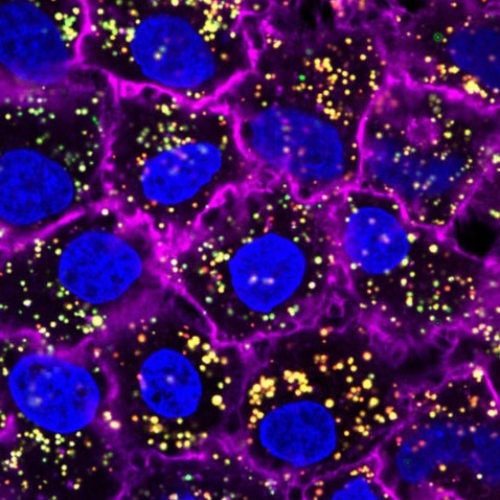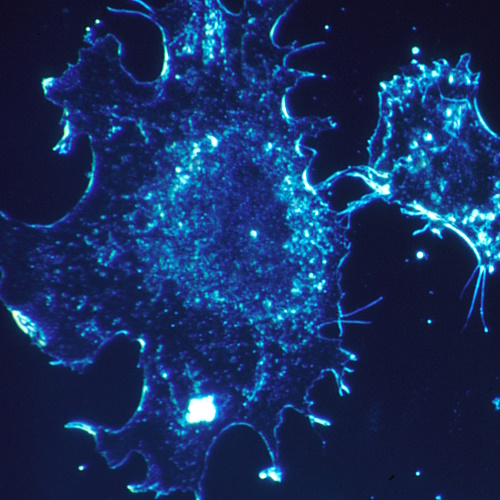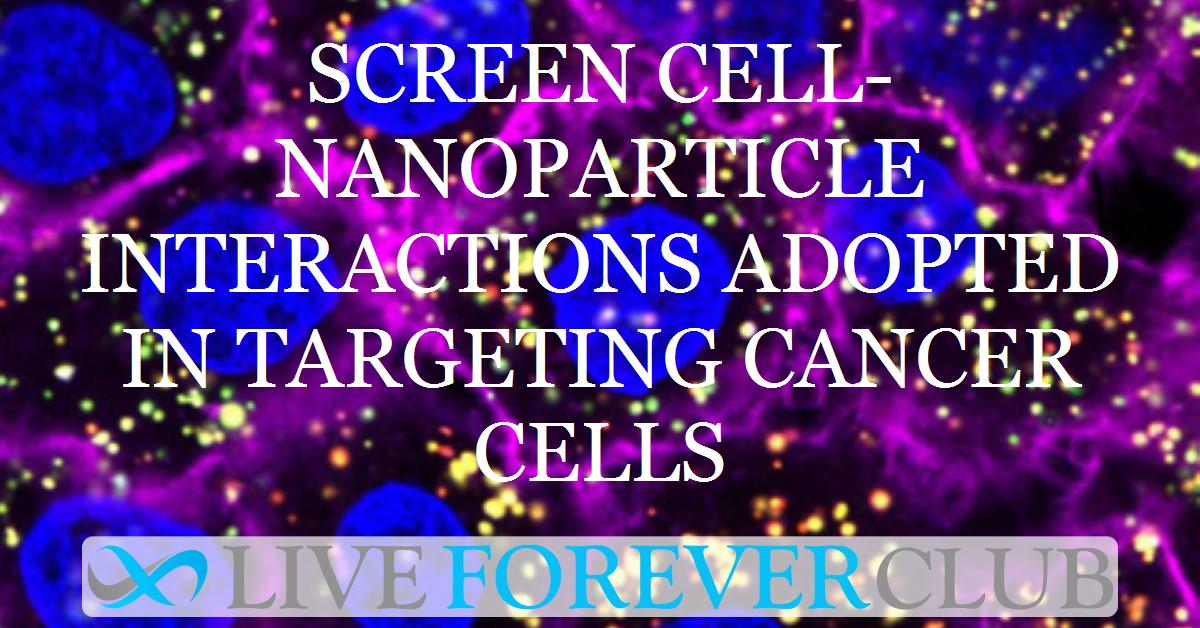Key points from article :
Nanoparticles are used to deliver cancer drugs to hit tumors with large doses of drugs while avoiding the harmful side effects of chemotherapy.
The interactions between 35 different types of nanoparticles were analysed and nearly 500 types of cancer cells revealed thousands of biological traits.
The findings could help researchers better tailor their drug-delivery particles to specific types of cancer.
"We are learning how surface chemistry and other material properties play a role in targeting,” says Paula Hammond.
Different types of cancer cells often respond differently to the same nanoparticles.
Screen cell-nanoparticle interactions instead of cell-drug interactions were adopted.
They used 488 cancer cell lines from 22 different tissues of origin and each cell type was“barcoded” with a unique DNA sequence.
They created 35 particles.
The study was carried out at MIT and Broad Institute of MIT and Harvard.







